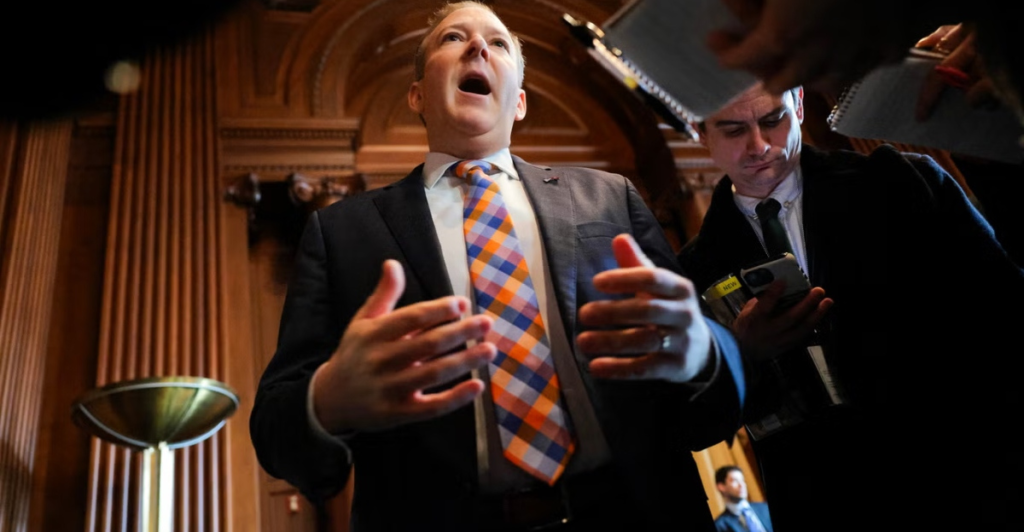
The Environmental Protection Agency (EPA) recently allocated $20 billion to community development banks and nonprofit organizations as part of its Greenhouse Gas Reduction Fund initiative. This program, rooted in the Inflation Reduction Act 2022, aims to reduce climate and air pollution while mobilizing public and private capital in disadvantaged U.S. communities.
Where the Money Went
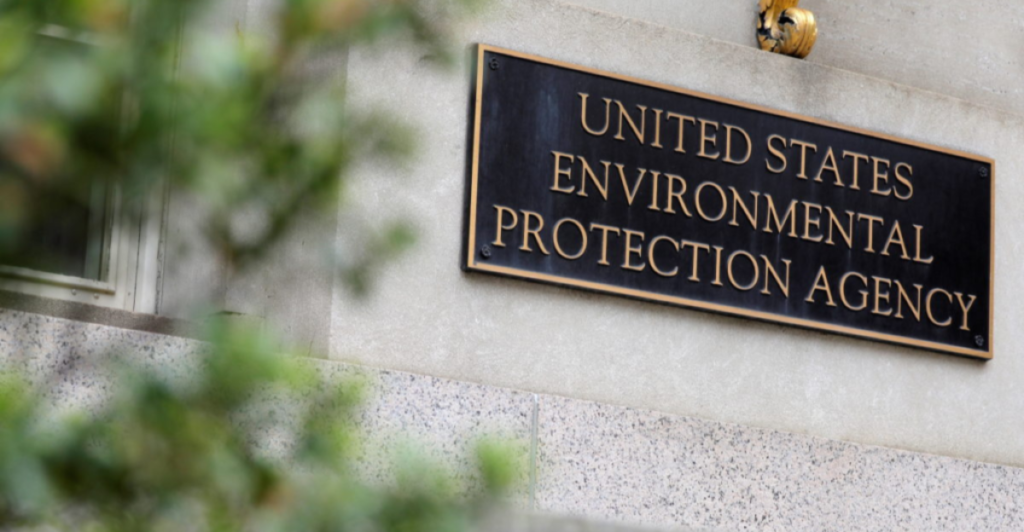
The $20 billion is divided across several funds, including $14 billion earmarked for low-income and rural areas, neighborhoods of color, and communities impacted by coal mine closures. Specific allocations include $7 billion for consumer-focused projects, $5 billion to expand green banks nationwide, and $2 billion for affordable housing retrofits.
“I pledge to be accountable for every penny the EPA spends. This marks a stark turn from the waste and self-dealing of the Biden-Harris Administration intentionally tossing ‘gold bars off the Titanic.’ The American people deserve accountability and responsible stewardship of their tax dollars. We will continue to deliver,” said EPA Administrator Lee Zeldin.
Key Projects Supported
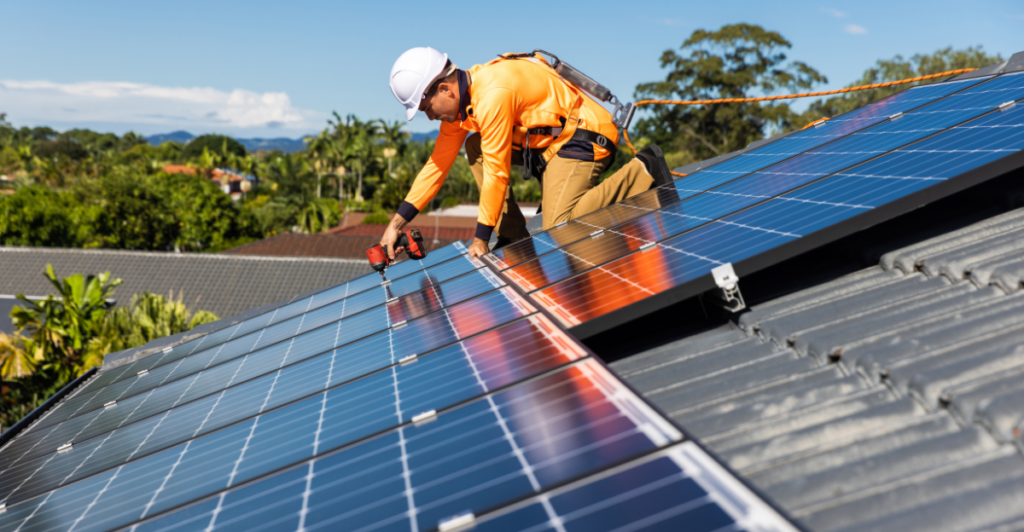
The EPA’s $20 billion in green bank grants are set to support diverse clean energy projects to reduce greenhouse gas emissions and address climate change, particularly in disadvantaged communities. Key initiatives include residential heat pumps, energy-efficient home retrofits, electric vehicle charging stations, and community cooling centers. The funding is divided among programs like the National Clean Investment Fund, which allocates nearly $7 billion to help consumers, schools, and small businesses, and the Clean Communities Investment Accelerator, which provides $6 billion to establish regional hubs for clean-tech lending and technical assistance.
The Role of Private Capital

By leveraging public funds, green banks aim to attract substantial private sector investments, with recipients committing to mobilize $7 in private funding for every $1 of federal investment. This partnership between the public and private sectors increases the scale of clean energy projects and ensures financial sustainability and market transformation. For example, the Coalition for Green Capital plans to use its $5 billion award to catalyze $35 billion in public-private investments within the first year, expanding to $157 billion by year seven.
Green banks use innovative financial products like low-interest loans and guarantees to reduce risk and encourage private entities to invest in renewable energy infrastructure, energy-efficient housing, and electric vehicle charging networks.
Focus on Disadvantaged Communities

A significant focus of the EPA’s $20 billion green bank funding initiative is addressing the needs of disadvantaged communities, which are often disproportionately affected by climate change and excluded from traditional financial systems. At least $14 billion of the funds are reserved for low-income areas, rural regions, neighborhoods of color, and communities impacted by shuttered coal mines. Projects in these areas include residential solar installations, energy-efficient housing retrofits, and electric vehicle infrastructure, all aimed at reducing greenhouse gas emissions while improving local living conditions.
“President Biden and Vice President Harris have put communities at the center of their Investing in America agenda. Today, we’re putting an unprecedented $20 billion to work in communities that have been shut out of resources for too long to lower costs and benefit from clean technology solutions,” said EPA administrator Michael S. Regan. “The selectees announced today will deliver transformational investments for American communities, businesses, and families and unleash tens of thousands of clean technology projects like solar on small businesses, electrifying affordable housing, providing EV loans for young families, and countless others. That translates to good-paying jobs, energy bill savings, and cleaner air, all while delivering on President Biden’s historic agenda to combat climate change.”
The ‘Gold Bar Scheme’ Allegations

The program has faced scrutiny from critics who allege mismanagement and lack of oversight. EPA Administrator Lee Zeldin referred to the grants as a “gold bar scheme,” accusing recipients of self-dealing and wasteful spending. A federal judge recently blocked efforts to terminate these grants, citing insufficient evidence of fraud.
“Recent findings reveal a pattern of reckless financial management, blatant conflicts of interest, astonishing sums of tax dollars awarded to unqualified recipients, and severe deficiencies in regulatory oversight under the prior administration,” according to the letter.
Controversy Over Power Forward Communities

One notable recipient is Power Forward Communities, a coalition linked to Stacey Abrams. Despite limited operational history, the organization received $2 billion, raising concerns about favoritism and financial accountability. Critics argue this undermines public trust in the program’s transparency.
Greenhouse Gas Reduction Fund’s National Clean Investment Fund, Clean Communities Investment Accelerator, and Solar for All programs “will finance clean technology deployment nationally, finance clean technology deployment in low-income and disadvantaged communities while simultaneously building the capacity of community leaders that serve those communities, and spur adoption of clean distributed solar energy that lowers energy bills for millions of Americans in low-income and disadvantaged communities.”
Legal Challenges and Oversight Issues

The EPA’s $20 billion green bank initiative faces mounting legal challenges and oversight disputes, with recipients and federal courts pushing back against the Trump administration’s attempts to freeze funds. Climate United Fund, Coalition for Green Capital, and Power Forward Communities sued the EPA and Citibank after the agency terminated their grants, alleging improper suspension of congressionally mandated funds.
A federal judge blocked the EPA’s termination order, ruling that vague claims of fraud and mismanagement lacked sufficient evidence and calling the actions “arbitrary and capricious.” The EPA had cited “multiple ongoing investigations” but failed to provide specifics, while recipients argued the freeze jeopardized projects like solar installations and energy-efficient retrofits.
Public Transparency Measures
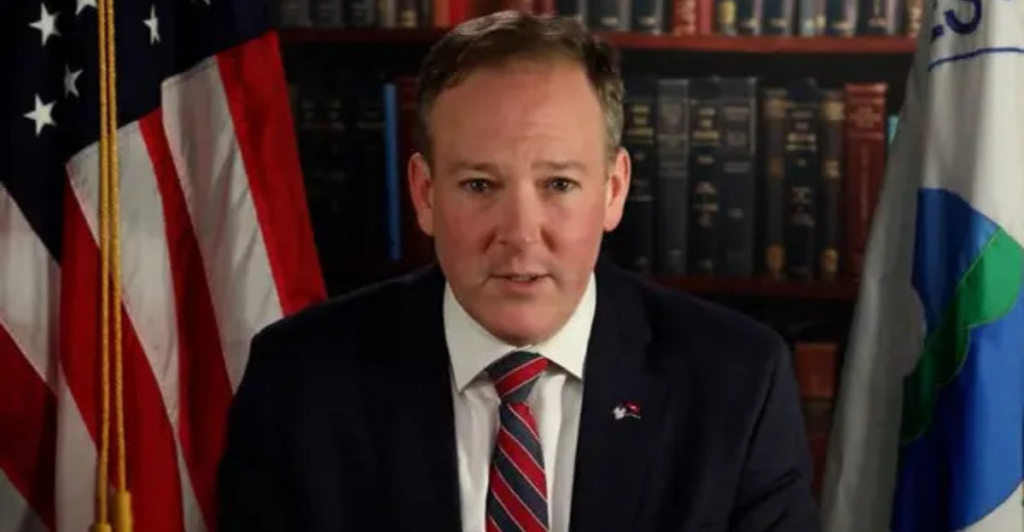
Public transparency measures ensure accountability and trust in the EPA’s $20 billion green bank initiative. To promote openness, the EPA has implemented robust mechanisms such as public reporting on fund allocation, project outcomes, and environmental impacts. Green banks must disclose detailed financial data, including loan terms and repayment structures while adhering to strict consumer protection guidelines.
The EPA has established oversight processes that include regular audits and public reviews to evaluate program effectiveness. Tools like the Environmental Data Gateway provide accessible information on funded projects, allowing stakeholders to track progress and assess compliance with program goals.
A Divisive Climate Strategy
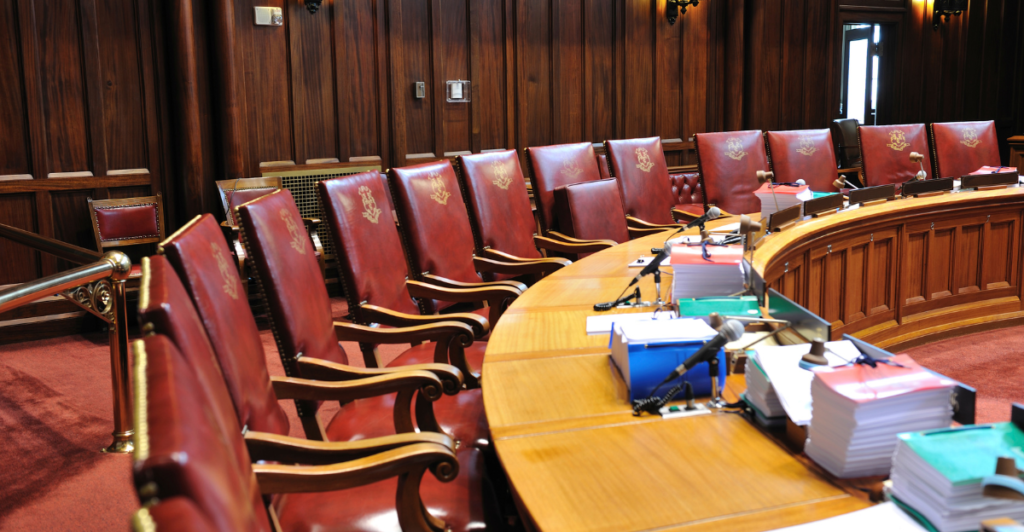
The EPA’s $20 billion green bank initiative has sparked sharp division among policymakers and stakeholders, reflecting contrasting views on its approach to climate funding. While Democrats champion the program as a transformative tool to finance clean energy projects and promote environmental justice, Republicans have criticized it as an unaccountable “slush fund” prone to fraud and mismanagement.
EPA Administrator Lee Zeldin has described the initiative as a “gold bar scheme,” alleging conflicts of interest and inadequate oversight in the allocation process. These claims have led to legal disputes, with recipients such as the Climate United Fund and others defending the program as a vital mechanism for addressing climate change and supporting underserved communities.
Explore more of our trending stories and hit Follow to keep them coming to your feed!

Don’t miss out on more stories like this! Hit the Follow button at the top of this article to stay updated with the latest news. Share your thoughts in the comments—we’d love to hear from you!







